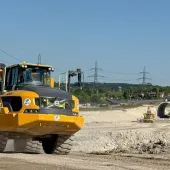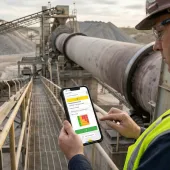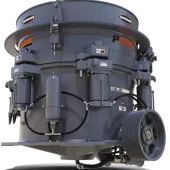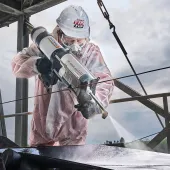Are you using the correct spill kit?
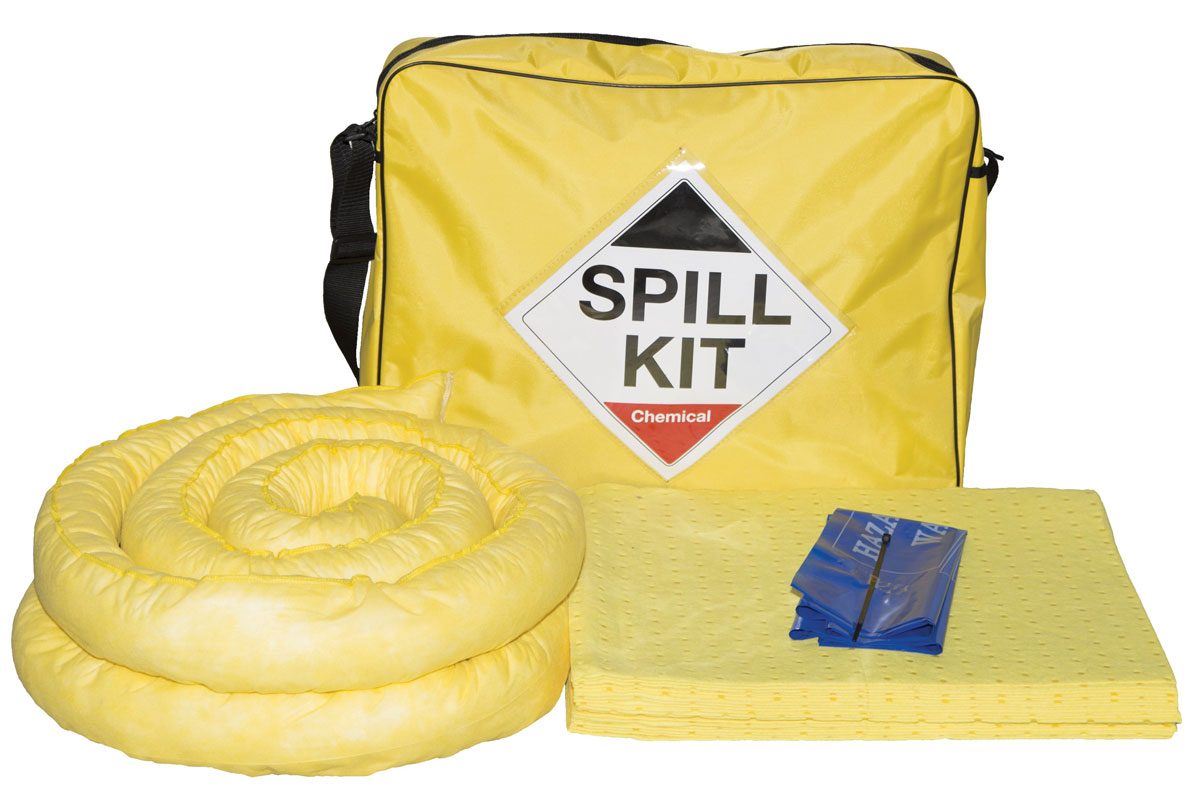
First published in the September 2021 issue of Quarry Management
Spill kits are an important and effective way of managing potentially dangerous spills and leaks, but it is important to ensure that the right type of spill kit is used to handle spills safely and efficiently
Anyone responsible for sites that regularly use, transport, or store bulk liquids or chemicals needs to have spill kits ready to deal with any accidents. In some cases, such kits are mandated by the HSE through COSHH rules, in others they are a key part of ISO guidelines to achieve or maintain compliance. They may be required by industry bodies such as the Considerate Constructors Scheme, or they could just be best practice for good site health and safety. Whatever the motivation, it is important to be aware of the different kinds of spill kits available, and to make sure that the right types are stocked, easily accessible, and ready to go.
Main spill kit types
Oil spill kits
The most common use for spill kits is with oil, and any business storing large amounts on a regular basis will need to have provisions on hand to deal with oil spills. The secret to these kits is that their absorbent materials repel water, meaning that in damp or wet environments they only soak up hydrocarbons such as oils and fuels. These hydrophobic materials are extremely useful for clearing up spills outdoors or where oil has mixed with water, as they do not become saturated with the wrong liquid. Oil spill kits normally use absorbent pads and materials that are white in colour.
Universal spill kits
These general-use spill kits are great all-rounders. Not only are they able to absorb water-based liquids such as coolants, but they are still highly effective with oil, fuels, and solvents. They are particularly suitable for businesses that store a more diverse range of liquids on site and can be easily identified by their grey colour.
Chemical spill kits
Spilt chemicals, harsh acids and strong alkalis can be damaging to the environment as well as equipment and flooring, and above all, harmful to staff. The absorbents used in chemical spill kits are designed to stand up to these hazardous fluids, quickly and efficiently soaking up the spill or leak without breaking down. These spill kits have yellow-coloured absorbent materials, which makes them easy to distinguish in an emergency.
AdBlue spill kits
The newest addition to the spill kit marketplace, AdBlue kits are used to soak up the diesel exhaust fluid (an aqueous urea solution) used in reducing nitrous oxide emissions in diesel engines. Usual fuel and oil spill kits are not best suited to absorbing this chemical, so if a lot of AdBlue is stored or used on site, these dedicated spill kits are essential. The materials used in these kits are usually a darker grey and are supplied in recognizable blue containers.
How many spill kits are needed?
In addition to making sure the right kind of spill kit is available, it is important to have the appropriate number of kits and kit sizes. The most popular sizes, based on their absorbent capacity, are between 90 litres and 240 litres, but the choice available can vary greatly depending on individual needs.
For larger sites with more than one liquid storage or usage area, it is good practice to spread out smaller kits rather than one huge kit. This means that an initial response to a spill or leak can be achieved quickly and can then be supplemented, as necessary, by using kits from other areas.
If a business includes the transport and delivery of liquids, whether in tankers or drums, small, in-vehicle spill kits are available in most different kinds of absorbents. These can be kept in the cabs of tankers or in vans/trucks and allow drivers to deal with any spills quickly and safely whilst on the road. Always make sure to check any local and industry-specific guidelines and regulations regarding spill management.
For more information visit: www.firstmats.co.uk
- Subscribe to Quarry Management, the monthly journal for the mineral products industry, to read articles before they appear on Agg-Net.com



